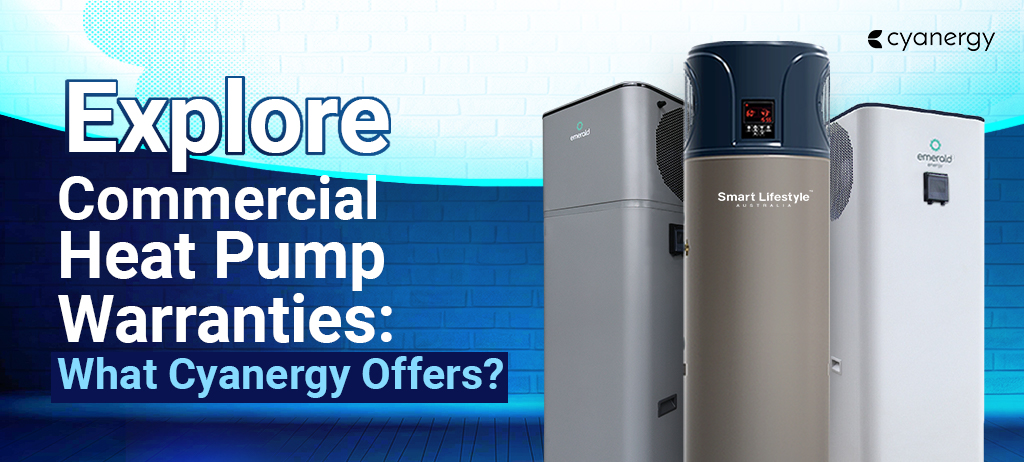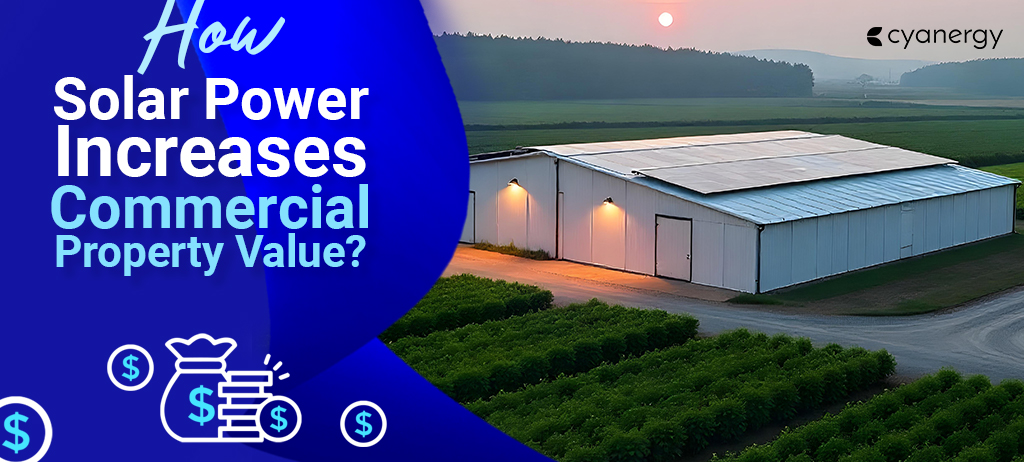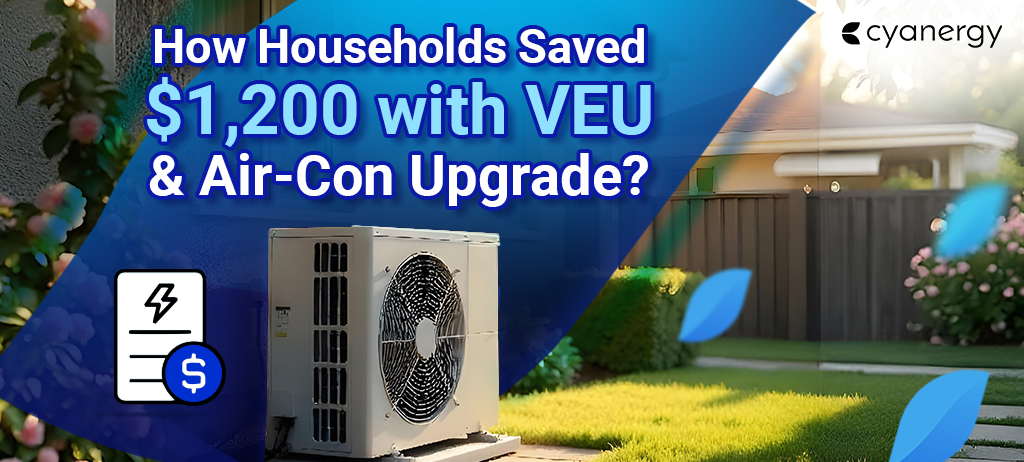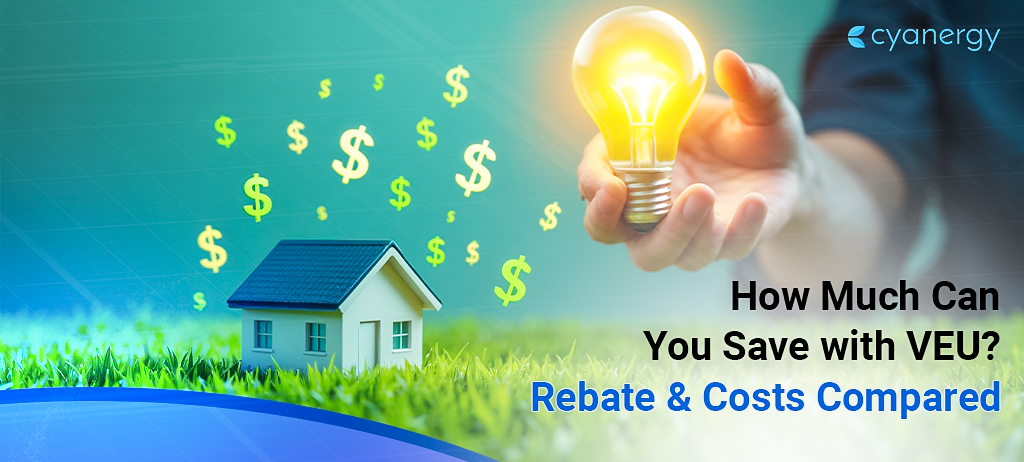The future of energy is here, and it’s commercial solar. As businesses around the world look for ways to reduce their carbon footprint and save money on energy costs, commercial solar has emerged as a powerful solution.
But with so many options and considerations, where do you start? Our expert guide to commercial solar power will provide you with a step-by-step roadmap to success, from choosing the right installer to maximizing your return on investment. Join the growing number of businesses that are taking control of their energy future and making a positive impact on the planet. Start your commercial solar journey today with our comprehensive guide.
Let’s get started.
What is the Average Cost of Solar and Payback
At a rough estimate, installing high-quality commercial solar panels in Australia can run you between $1,200 and $1,500 per kW. When compared to utilizing a string (or central) inverter system, employing microinverters or power optimizers will increase overall costs by about 15% to 20%.
An efficient 20kW–30kW industrial solar system costs around $700 per kW. They need less network protection, which lowers associated engineering expenditures.
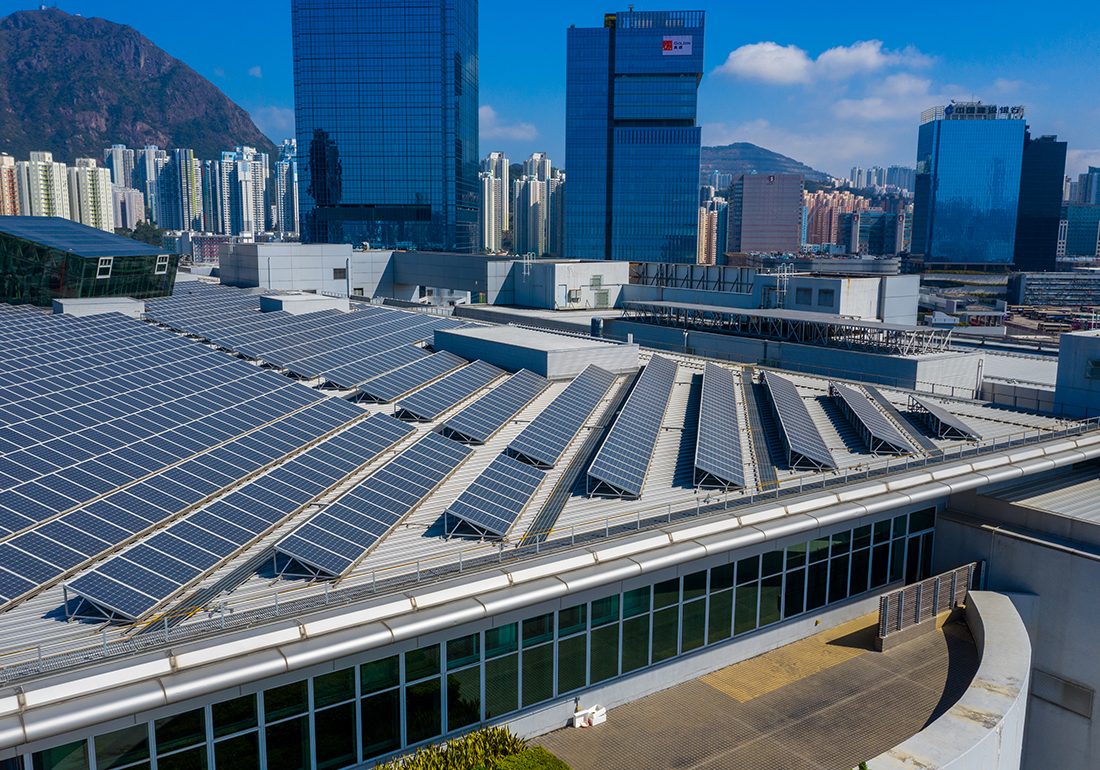
The location of the company, the size of the solar panel system, and the cost of power in the region are just a few of the variables that might affect the return on investment (ROI) and payback period for a commercial solar panel installation. Yet, in general, installing commercial solar panels may provide a strong return on investment and a quick payback period.
Several business spaces have long-term pricing contracts with their power provider, which is an essential aspect to notice. Going solar, in this particular case, might have an impact on future paybacks and savings. You must look up and comprehend the conditions you accepted before taking the decision.
In short, be very sure of the following pointers in the context of getting a good ROI and a shorter payback period-
- Cost of electricity: The higher the cost of electricity in the area, the faster the payback period will be, as you will be offsetting a huge amount of grid electricity with the free one from the sun.
- Size of the solar panel system: The larger the system, the more electricity it will generate, and the faster the ROI will be. One of the major differences between residential solar and commercial solar is the size of the system, which even entails a different size solar panel. To be clear, a residential solar panel may contain 60 cells per panel, whereas commercial panels contain about 72 cells per panel, meaning a faster payback period.
- Incentives and rebates: Government incentives and rebates can significantly reduce the upfront cost of the solar panel system, improving the ROI and shortening the payback period.
- Maintenance costs: Regular maintenance and cleaning of the solar panel system are necessary to ensure optimal performance. Maintenance costs should be factored into the ROI and payback period calculations.
Monitoring and Maintenance of Commercial Solar
To achieve peak performance and optimum return on investment, monitoring and maintenance of a commercial solar system are essential. The following are some crucial factors to take into account while monitoring and maintaining a commercial solar system:
- Monitoring: It is crucial to regularly check if the solar panel system is generating the anticipated amount of power. An automated system or manual monitoring can be used to track energy production and spot any problems. Monitoring may also be used to find areas where energy efficiency can be further improved.
- Cleaning: Over time, dirt, dust, and other debris can build up on solar panels, reducing their effectiveness. Maintaining maximum performance and ensuring that the solar panel system generates as much power as feasible may be accomplished with regular cleaning. A specialist should clean the area to prevent harm to the panels.
- Maintenance: To guarantee that every part of the solar panel system is operating properly, routine maintenance is required. This includes assessing the inverters, verifying the system’s operation, and checking the wiring and connections.
- Repairs: To prevent a drop in energy output, repairs should be undertaken as a way if any problems are found during monitoring or maintenance. Repairs can be modest (such as changing a defective cable or connector) or significant (such as changing a solar panel that has been damaged).
- Upgrades: To take advantage of new features or boost efficiency, it may be advantageous to upgrade the solar panel system as technology develops. More solar panels, energy storage, and upgraded inverters are examples of upgrades.
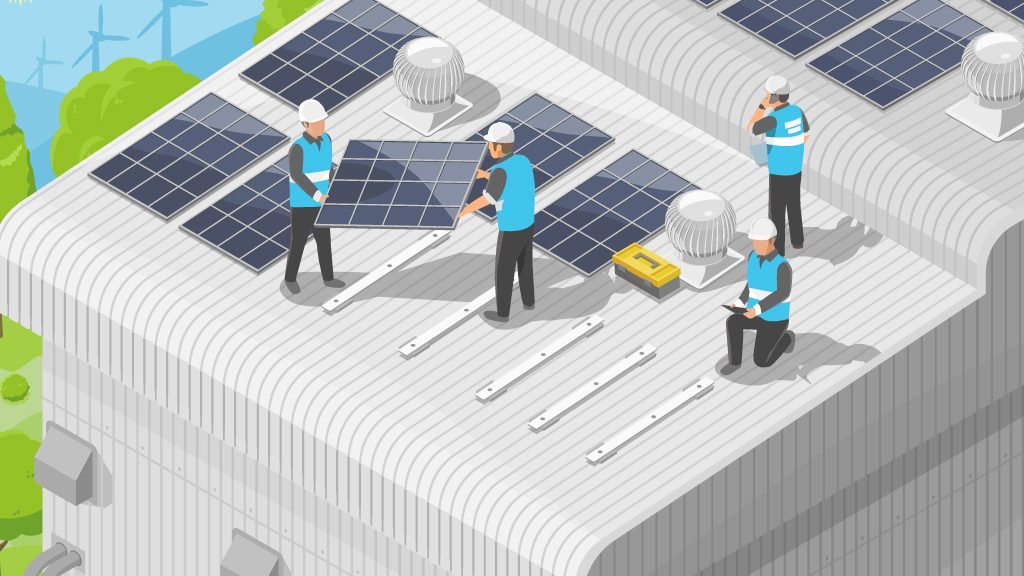
Power Purchasing Agreement (PPA) for Commercial Solar
Benefits:
- No up-front costs: Under a PPA, the solar provider installs and owns the solar panel system; thus, the client incurs no up-front fees or debt.
- Predictable energy expenses: The power produced by the solar panel system is charged at a predetermined rate, which can lower energy expenditures and enable budgeting.
- Lower carbon footprint: A PPA enables the client to employ renewable energy sources and lower their carbon footprint, which may enhance their sustainability and corporate responsibility.
- Increased competitiveness: Utilizing renewable energy may enhance a company’s brand and image, making it more appealing to clients, investors, and staff members.
Considerations
- Contract length: Typically, the consumer signs a contract with the solar supplier for a set amount of time, which can be anywhere between 10 and 25 years. This indicates that the client will be bound by the contract for its term of it.
- Creditworthiness: In order to be eligible for a PPA, the solar supplier will normally require the client to have good credit. For some firms, especially smaller or younger ones, this might be difficult.
Choosing a Good Solar Installer is A MUST
A quality solar installer will have the knowledge and skills necessary to securely install your solar panels. They’ll make sure the panels are properly mounted, the wiring is done neatly, and all the parts are operating effectively. By doing this, you can be confident that your solar panel system is producing the most energy it can and will survive for many years to come.
Also, installing solar panels involves compliance with a range of regulations and standards, which are typically set by the Clean Energy Council (CEC). Make sure that your chosen installer obtains any necessary permits and inspections to ensure that your installation is legal and safe.
Furthermore, your chosen installer has to ensure the proper warranty on both the components used for the job and their installation, which is a practised norm in the industry. They will also offer ongoing support and maintenance to ensure that your solar panel system is working at peak efficiency. This can save you money in the long run by avoiding costly repairs or replacements.
Make sure you get to enjoy all the rebates and incentives that you are entitled to. For businesses, especially small businesses, the Australian government has given out so many rebates and interest-free loaning options to go solar. If your solar installer is the right one for the job, they will make sure you are availing every rebate possible. For instance, Cyanergy helps businesses thrive by making the solar transition as easy and transparent as possible, and in the process, we saved thousands of dollars for our clients. Learn more about them here.
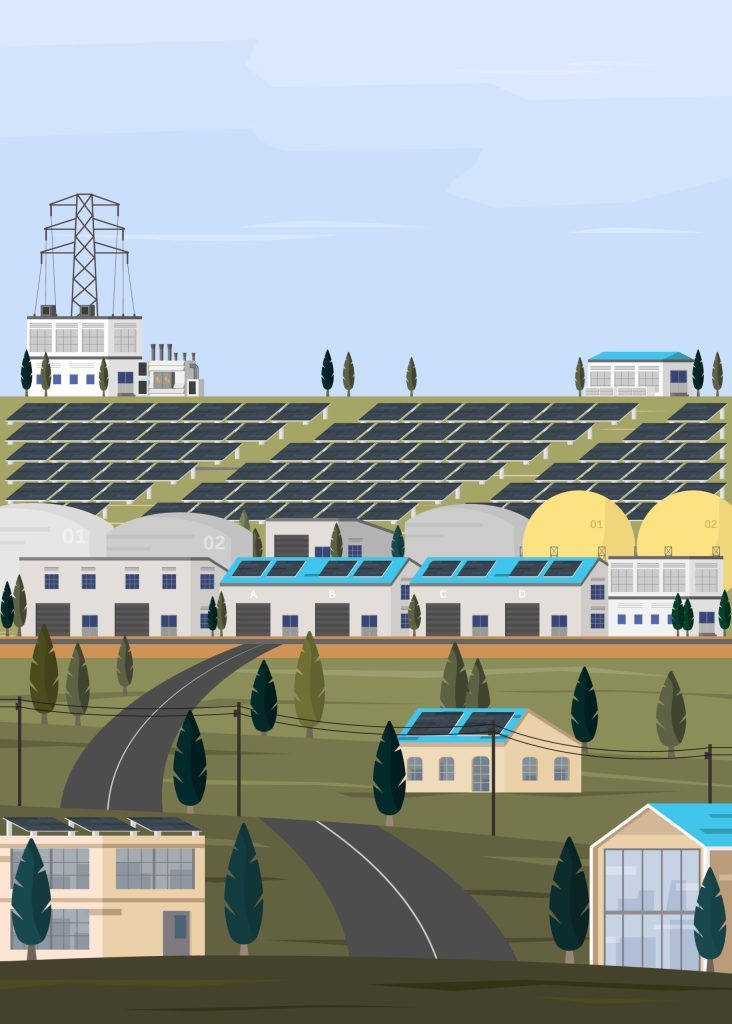
Commercial Solar Rebate
Federal, state, and some regional utilities all provide financial incentives through commercial solar subsidies to entice companies to adopt solar power systems. By reducing the cost of purchasing and installing solar panels, these subsidies help companies use solar energy more affordably and conveniently.
The size of the solar panel system being built, the location of the business, and other factors all affect commercial solar incentives. For instance, the Small-Scale Renewable Energy Scheme (SRES) of the federal government and the state-based Victoria Solar Houses Program both provide commercial solar rebates in Australia.
The SRES (Small-scale Renewable Energy Scheme) offers a rebate based on the number of Small-Scale Technology Certificates (STCs) that the solar panel system generates. The number of STCs generated depends on the size of the solar panel system, its location, and the type of panels used. Businesses can sell these STCs (via a registered agent of clean energy regulator) to large electricity retailers or traders to offset the cost of their solar panel system installation.
The Victorian solar for business program offers a rebate of up to $3,500 for eligible businesses that install solar panels. This program is available to businesses with an annual electricity consumption of up to 100 MWh and is designed to help businesses reduce their energy costs and carbon footprint.
Other states in Australia also offer commercial solar rebates, such as the New South Wales Energy Savings Scheme and the South Australia Home Battery Scheme.
In addition to these government rebates, some local utilities also offer commercial solar incentives. These can include rebates, tax credits, and other financial incentives to encourage businesses to invest in solar energy.
In conclusion, to go solar as a business, you have to make smart and informed decisions because this transition requires your undivided attention. Yes, going solar and taking the leap of faith is difficult, but this is the best thing in 2023 to do for your business to be able to go head-to-head with increasing energy prices and inflation.
